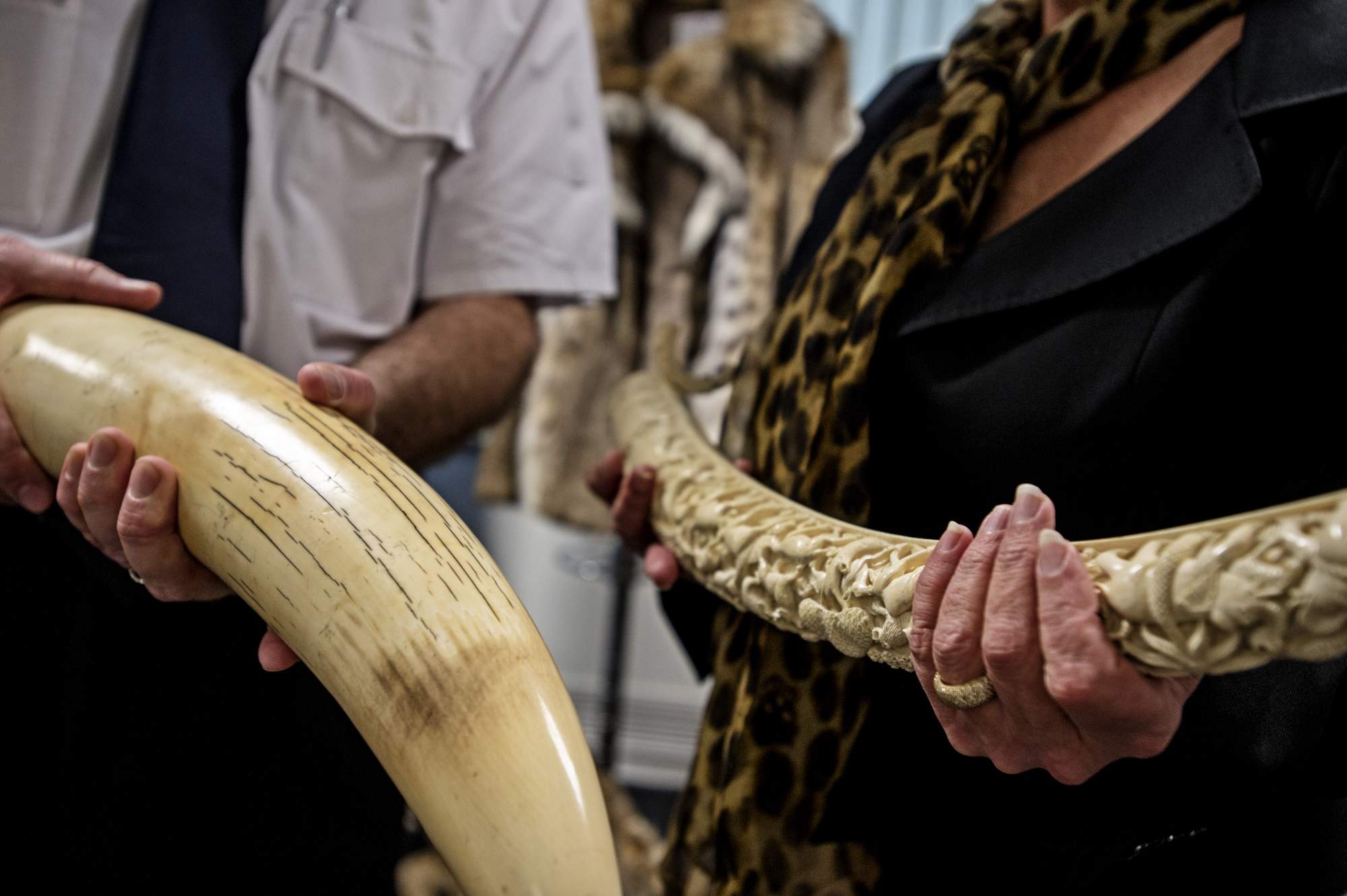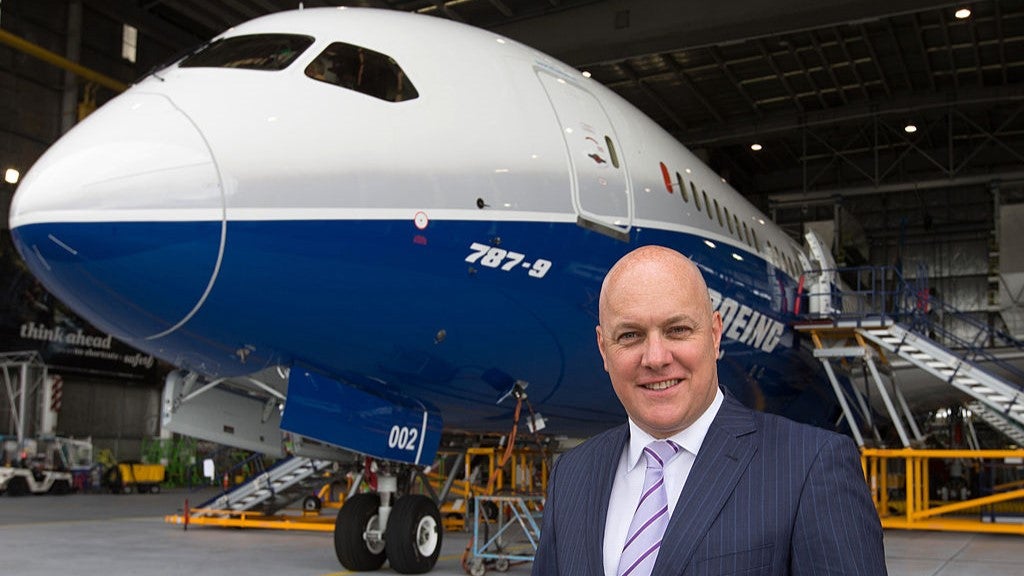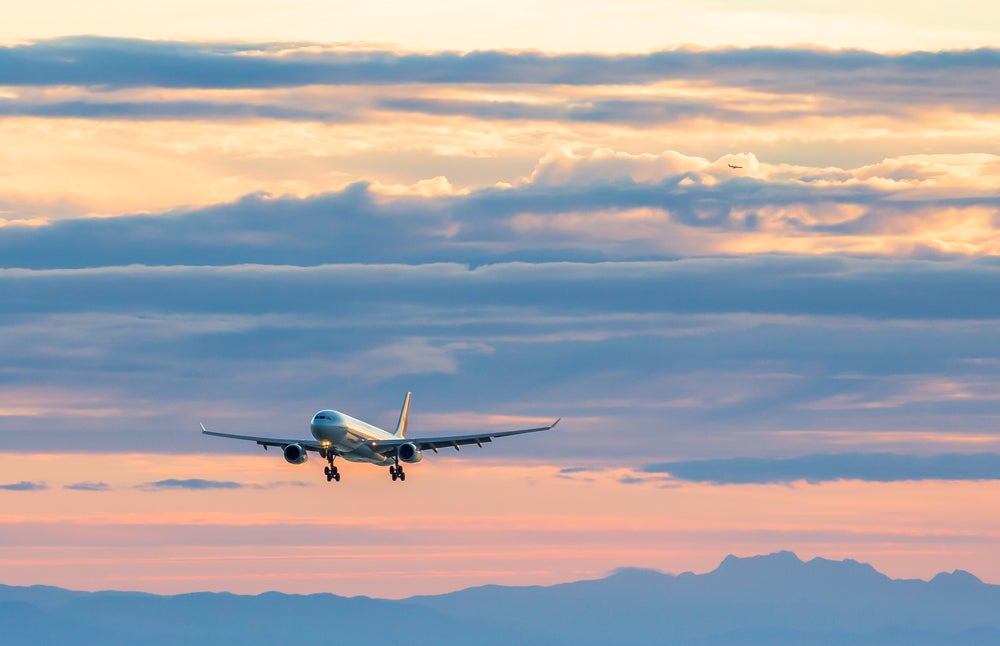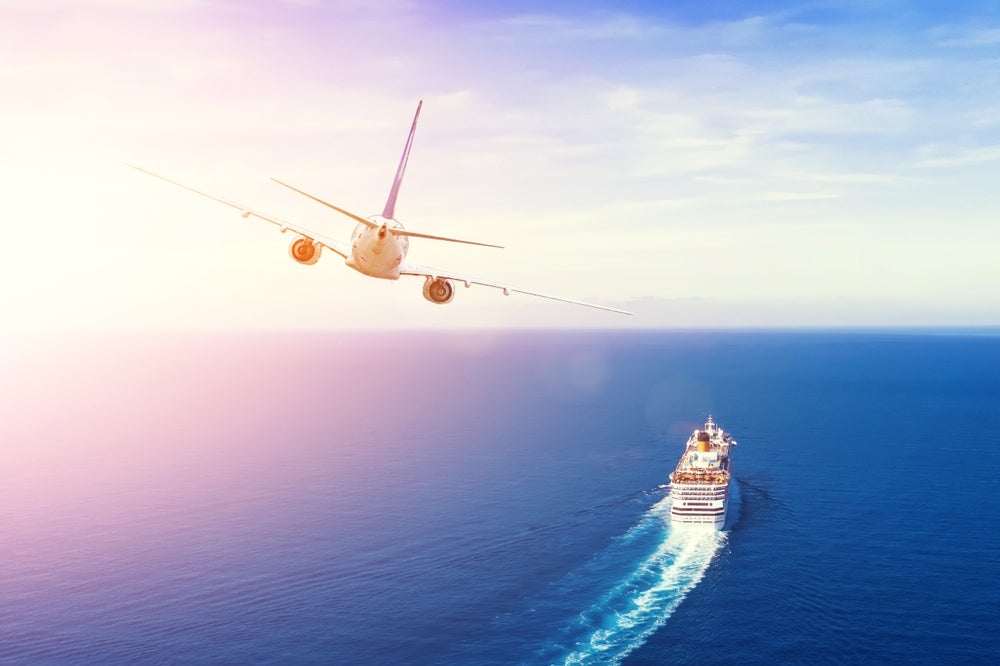
Trafficking and smuggling operations create countless victims around the world. Beyond the misery sown by the international drug trade, traffickers support a system of modern slavery by transporting people, many after being coerced and assaulted, across international lines into forced labour.
The International Labour Organization estimates that there are more than 20 million victims of human trafficking globally – a quarter of whom are children – in an illicit industry reported to be worth $150bn.
Animals are victimised by this trade, too. Many vulnerable species are under threat of extinction due to illegal poaching, which drives an underground market of animal products that are prized by users for their purported properties or simply as lifestyle accessories.
High-profile tragedies include the ongoing slaughter of thousands of African elephants every year, while other victims – like the pangolin, which is considered the world’s most trafficked mammal – go virtually unnoticed. Hundreds of rangers have died in defence of wildlife over the last decade.
In the international fight against trafficking, airports are the front line. The speed and high throughput of air travel – both cargo and passenger – offers ample opportunity to abuse a busy system. The recently-published World Customs Organization (WCO) Illicit Trade Report identified air transport as the most common method for transporting contraband, based on 2016 seizure data.
“Although we can only make an inference on the level of illegal activity through what is reported in seizures, the frequency, speed and connectivity of air transport provides multiple opportunities for exploitation,” says TRAFFIC’s Michelle Owen, lead of the USAID Reducing Opportunities for Unlawful Transport of Endangered Species (ROUTES) Partnership.
How well do you really know your competitors?
Access the most comprehensive Company Profiles on the market, powered by GlobalData. Save hours of research. Gain competitive edge.

Thank you!
Your download email will arrive shortly
Not ready to buy yet? Download a free sample
We are confident about the unique quality of our Company Profiles. However, we want you to make the most beneficial decision for your business, so we offer a free sample that you can download by submitting the below form
By GlobalDataCould a trafficking blacklist be justified?
In October 2017, the Global Sustainable Aviation Summit, hosted by industry body ATAG in Geneva, saw experts gather for a panel to discuss aviation’s role in countering illegal trafficking. During the panel, a discussion over the prospect of a blacklist system for convicted traffickers arose – could the exclusion of known offenders from air travel be an effective, or ethically justified, means of damaging trafficking operations in the long term?
The criminal organisations behind trafficking are often linked to the movement of many illegal goods, as well as human trafficking. “As a transnational crime, the same people and groups will use their connections and subversion tactics to move illegal goods, including wildlife, drugs, weapons and people across borders,” says Owen.
It could be argued, therefore, that blacklisting individuals convicted of transporting one type of illicit product could have a knock-on effect for others, or for the trafficking of people, as well as allowing airlines to refuse service to known traffickers and serving as a potentially more effective deterrent.
Nevertheless, the concept of a trafficking no-fly list hasn’t gained much traction in the industry or from anti-trafficking campaigners. It’s easy to see why. Even on a practical level, a blacklist system would be incredibly complex to run, and blacklisting would be of limited value if traffickers are eminently replaceable. It would do nothing to combat the transport of, say, animal products by freight.
Meanwhile, risk profiling methods are already proving an increasingly effective basis for seizures of contraband goods smuggled by air, according to the WCO Illicit Trade Report – why not invest instead on building risk profiles to support airline and airport staff in their efforts to catch traffickers in the act? Owen agrees that there are more important anti-trafficking investments than a blacklist.
“Increasing the ability of staff to identify suspicious behaviour, travel routings, baggage weights, be aware of methods of concealment and to have an ability to report their suspicions to enforcement agencies is likely to have a more long-term impact than focusing on convicted individuals who may or may not be trafficking wildlife products themselves,” she says.
Eyes in the sky
The practical case against passenger blacklisting doesn’t even touch on the ethical and legal arguments. Recent events have put ill-considered travel bans in the spotlight, and there are many potential implications to consider. One need look no further than the US government’s terrorism-related No Fly List for an illustration of the complex ways in which blanket travel bans like this can threaten citizens’ rights. Since the list was created in the wake of 9/11, it has been repeatedly criticised for infringing on civil liberties and due process, and of questionable effectiveness besides.
“The standards for inclusion on the No Fly List are unconstitutionally vague, and innocent people are blacklisted without a fair process to correct government error,” American Civil Liberties Union national security project director Hina Shamsi wrote in 2015.
Instead of looking for new solutions, the stakeholders in the campaign against trafficking should be looking to build on and enhance existing detection and prevention methods that work. Owen says ROUTES is “working with the air industry to develop best practices, based on data analysis, assessments and recommendations”, with training of staff and clear lines of communication with the relevant authorities being the lynchpins.
Data-driven digital technologies will continue to improve the options available to authorities. “Things like e-freight will enhance the quality of data provided to enforcement agencies,” IATA’s environment team assistant director Jon Godson told Air Cargo News in April. “This will facilitate better targeting for illegal wildlife trade.”
Technical advances notwithstanding, human instinct and experience plays an all-important role in catching traffickers, whether it’s noticing that a bag’s weight doesn’t match up with its purported contents, or the tell-tale signs that a passenger may be a victim. The effort also relies on the motivation of airport and airline staff to stamp out trafficking and help those who may be in danger.
“Flight attendants are first responders and want to help,” says Association of Flight Attendants international president Sara Nelson. “We are part of a full network of aviation workers who can make a huge difference.”







